- Home
-
My Models
-
AV History
- Airline History Blog
-
Airline Development
>
-
Liveries
>
- Aeroméxico Liveries
- Air China Special Liveries
- American Airlines Liveries
- British Airways Liveries
- Continental Airlines Liveries
- Delta Air Lines Liveries
- Eastern Air Lines Liveries
- Landor Liveries
- National Airlines Liveries
- Northeast Airlines Liveries
- Northwest Airlines Liveries
- Pan Am Liveries
- Trans World Airlines Liveries
- United Airlines Liveries
- Western Airlines Liveries
- Airbus A380s >
- Boeing 747 >
- Real Airport Histories >
- Plane Spotting >
- Aviation Stickers >
-
1:400 SCALE
- Collecting 1:400 Scale >
- The History of 1:400 Scale >
-
1:400 Brands
>
- Aeroclassics >
- Airshop Diecast
- AURORA Models
- Aviation400 (2007-2012)
- Big Bird 400 Your Craftsman
- Black Box Models
- Blue Box & Magic Models
- C Models
- Dragon Wings
- El Aviador 400
- Gemini Jets >
- JAL Collection / Jet Hut >
- Jet-X >
- MP4 Models
- NG Models >
- Panda Models >
- Phoenix Models >
- Seattle Models Co (SMA)
- Skyjets400
- Sovereign Models
- TucanoLine
- Witty Wings / Apollo
- Yu ModeLs
- 1:400 Custom Models >
- Production Numbers
- Zinc Rot
-
1:400 Moulds
- The Best Moulds >
- Airbus >
-
Boeing
>
- Boeing B-377 Stratocruiser
- Short Boeing 707s & 720s
- Boeing 707-320/420
- Boeing 717
- Boeing 727-100
- Boeing 727-200
- Boeing 737-100/200
- Boeing 737-300 >
- Boeing 737-400
- Boeing 737-500
- Boeing 737-600
- Boeing 737-700/800/900 >
- Boeing 737 MAX
- Boeing 747-100/200 >
- Boeing 747-400 >
- Boeing 747SP
- Boeing 747-8 Interactive
- Boeing 747LCF Dreamlifter
- Boeing 757-200 >
- Boeing 757-300
- Boeing 767-200
- Boeing 767-300
- Boeing 777-200
- Boeing 777-300
- Boeing 787
- British >
- Douglas >
- Lockheed >
- Other >
- Chinese >
- Soviet >
- Smallest Moulds in 1:400
-
1:400 Reviews
-
Model News
- Model Blog
-
New Mould Samples
>
- Aviation400 >
- JC Wings >
-
NG Models 400 Scale
>
- Airbus A318
- Airbus A319/320 CEO
- Airbus A319/320 NEO
- Airbus A321CEO & NEO
- Airbus A330-200/300
- Airbus A330 Beluga XL
- Airbus A330-800/900
- Airbus A340-200/300
- Airbus A350-900
- Airbus A350-1000
- Boeing 737-600/700/900
- Boeing 737-600 Refresh
- Boeing 737-800
- Boeing 737 MAX-8/MAX-9
- Boeing 737 MAX-7/MAX-10
- Boeing 747-100
- Boeing 747-200
- Boeing 747-400
- Boeing B747SP
- Boeing 747-8I
- Boeing 747-8F
- NG 747s Together
- Boeing 757-300
- Boeing 767-200/300 >
- Boeing 767-400 >
- Boeing 777-200
- Boeing 777-300/300ER
- Boeing 787-8
- Lockheed L-1011 Tristar
- Lockeed Tristar 500
- McDonnell Douglas MD-80
- McDonnell Douglas MD-87
- Tupolev Tu-154
- Tupolev Tu-204/Tu-214/Tu-234
- NG Models 200 Scale >
- Phoenix Models >
- Yu ModeL >
-
1:600 SCALE
- DIORAMAS
|
Collecting model airliners can give you a window into other cultures, which can sometimes seem bizarre by Western standards. Chinese airlines have a wide variety of interesting special schemes, often based upon the destinations they come from or serve. Air Travel is one of China's smaller airlines but has painted one of its new A320neos in a firey scheme, paying homage to its home province of Hunan and the women that reside there.
0 Comments
Managing the seasonal nature of the charter airline business has historically led to several airlines switching capacity across the Atlantic in the Winter with lease agreements whereby their aircraft get a winter in North America and a summer back in the UK. Air Europe had such an agreement with Air Florida between 1980/81 and 1982/83 but the failure of the American airline led to a more unusual arrangement with the British flag carrier that not only saw Air Europe swap aircraft but also acquire its first 757s from British Airways order backlog.
One Air America is well known as the CIA's own private airline and was of course immortalised in a rather inaccurate Mel Gibson movie of the early 90s, but less well known is that around that time the end had come for another Air America. This one wasn't running guns for the CIA but did undertake quite a few MATS charters for the US military. This second Air America was one of many ultimately unsuccessful deregulation startups of the 1980s.
​The first five years of Republic Airlines existence had not been kind. This was largely due to the disastrous Hughes Airwest takeover, but Republic had also been assaulted in its East-coast markets by deregulation startups and failed to innovate. That cost the existing CEO his job and would see the employment of Stephen Wolf who would take drastic measures to keep the airline afloat.
Lockheed's L-1011 Tristar had a long, complicated and varied career with British Airways, and its charter arm British Airtours (later Caledonian Airways). They also had an equally complicated ordering process. Despite, at least initially, lacking the range for longer routes the full-length Tristars served BA well and were at the forefront of making it ‘The World’s Favourite Airline’ during the 1980s.
Hawaiian Airlines was faced with the same range of challenges in the deregulated 1980s as other legacy carriers - increased competition, deflated prices and the loss of its protected status. It responded with an unprecedented expansion, hoping to open up Honolulu as a transit hub on the one hand and a major charter player on the other. The strategy was far from a success but the airline just about survived.
The Boeing 757 is renowned for having some grunt, which is one of the reasons it has gained a second life on transatlantic duties. It also makes it ideal for operating in hot and high destinations where the thin air makes thrust important. The Western regions of China include the foothills of the Himalayas right up to the Tibetan plateau and the 757 proved its worth in these challenging conditions.
Eastern struggled through the deregulation era, even prior to the Lorenzo led Texas Air takeover, however one of the few bright spots for EAL was the acquisition of the new Boeing 757-200, which proved itself a fine acquisition to the fleet right up until the airline’s final closure. Even so, despite the need for the type the introduction of the 757s coincided with the period that marked the beginning of the end of the 'Great Silver Fleet'.
By the time the design of the new Boeing 757 was finalized in 1979 it was clear it would be a big improvement over the 727-200 Advanced and yet some commentators were under the impression that with both the 757 and 767 Boeing was effectively competing against itself as much as against the Airbus A310. Initially sales seemed to give this a grain of truth but eventually the 757 would find its time had come.
The Boeing 727-200 Advanced was spectacularly successful during the 1970s but although orders were flooding in Boeing didn’t rest on its laurels and was looking for ways to improve the design. In the end the result wasn’t the initially designed stretched 727-300 but instead an all new jet, the 7N7, that was paired with its big brother the 7X7 to take on McDonnell Douglas and Airbus into the 1980s and 90s.
|
AuthorI'm Richard Stretton: a fan of classic airliners and airlines who enjoys exploring their history through my collection of die-cast airliners. If you enjoy the site please donate whatever you can to help keep it running: Archives
July 2024
Categories
All
|
- Home
-
My Models
-
AV History
- Airline History Blog
-
Airline Development
>
-
Liveries
>
- Aeroméxico Liveries
- Air China Special Liveries
- American Airlines Liveries
- British Airways Liveries
- Continental Airlines Liveries
- Delta Air Lines Liveries
- Eastern Air Lines Liveries
- Landor Liveries
- National Airlines Liveries
- Northeast Airlines Liveries
- Northwest Airlines Liveries
- Pan Am Liveries
- Trans World Airlines Liveries
- United Airlines Liveries
- Western Airlines Liveries
- Airbus A380s >
- Boeing 747 >
- Real Airport Histories >
- Plane Spotting >
- Aviation Stickers >
-
1:400 SCALE
- Collecting 1:400 Scale >
- The History of 1:400 Scale >
-
1:400 Brands
>
- Aeroclassics >
- Airshop Diecast
- AURORA Models
- Aviation400 (2007-2012)
- Big Bird 400 Your Craftsman
- Black Box Models
- Blue Box & Magic Models
- C Models
- Dragon Wings
- El Aviador 400
- Gemini Jets >
- JAL Collection / Jet Hut >
- Jet-X >
- MP4 Models
- NG Models >
- Panda Models >
- Phoenix Models >
- Seattle Models Co (SMA)
- Skyjets400
- Sovereign Models
- TucanoLine
- Witty Wings / Apollo
- Yu ModeLs
- 1:400 Custom Models >
- Production Numbers
- Zinc Rot
-
1:400 Moulds
- The Best Moulds >
- Airbus >
-
Boeing
>
- Boeing B-377 Stratocruiser
- Short Boeing 707s & 720s
- Boeing 707-320/420
- Boeing 717
- Boeing 727-100
- Boeing 727-200
- Boeing 737-100/200
- Boeing 737-300 >
- Boeing 737-400
- Boeing 737-500
- Boeing 737-600
- Boeing 737-700/800/900 >
- Boeing 737 MAX
- Boeing 747-100/200 >
- Boeing 747-400 >
- Boeing 747SP
- Boeing 747-8 Interactive
- Boeing 747LCF Dreamlifter
- Boeing 757-200 >
- Boeing 757-300
- Boeing 767-200
- Boeing 767-300
- Boeing 777-200
- Boeing 777-300
- Boeing 787
- British >
- Douglas >
- Lockheed >
- Other >
- Chinese >
- Soviet >
- Smallest Moulds in 1:400
-
1:400 Reviews
-
Model News
- Model Blog
-
New Mould Samples
>
- Aviation400 >
- JC Wings >
-
NG Models 400 Scale
>
- Airbus A318
- Airbus A319/320 CEO
- Airbus A319/320 NEO
- Airbus A321CEO & NEO
- Airbus A330-200/300
- Airbus A330 Beluga XL
- Airbus A330-800/900
- Airbus A340-200/300
- Airbus A350-900
- Airbus A350-1000
- Boeing 737-600/700/900
- Boeing 737-600 Refresh
- Boeing 737-800
- Boeing 737 MAX-8/MAX-9
- Boeing 737 MAX-7/MAX-10
- Boeing 747-100
- Boeing 747-200
- Boeing 747-400
- Boeing B747SP
- Boeing 747-8I
- Boeing 747-8F
- NG 747s Together
- Boeing 757-300
- Boeing 767-200/300 >
- Boeing 767-400 >
- Boeing 777-200
- Boeing 777-300/300ER
- Boeing 787-8
- Lockheed L-1011 Tristar
- Lockeed Tristar 500
- McDonnell Douglas MD-80
- McDonnell Douglas MD-87
- Tupolev Tu-154
- Tupolev Tu-204/Tu-214/Tu-234
- NG Models 200 Scale >
- Phoenix Models >
- Yu ModeL >
-
1:600 SCALE
- DIORAMAS

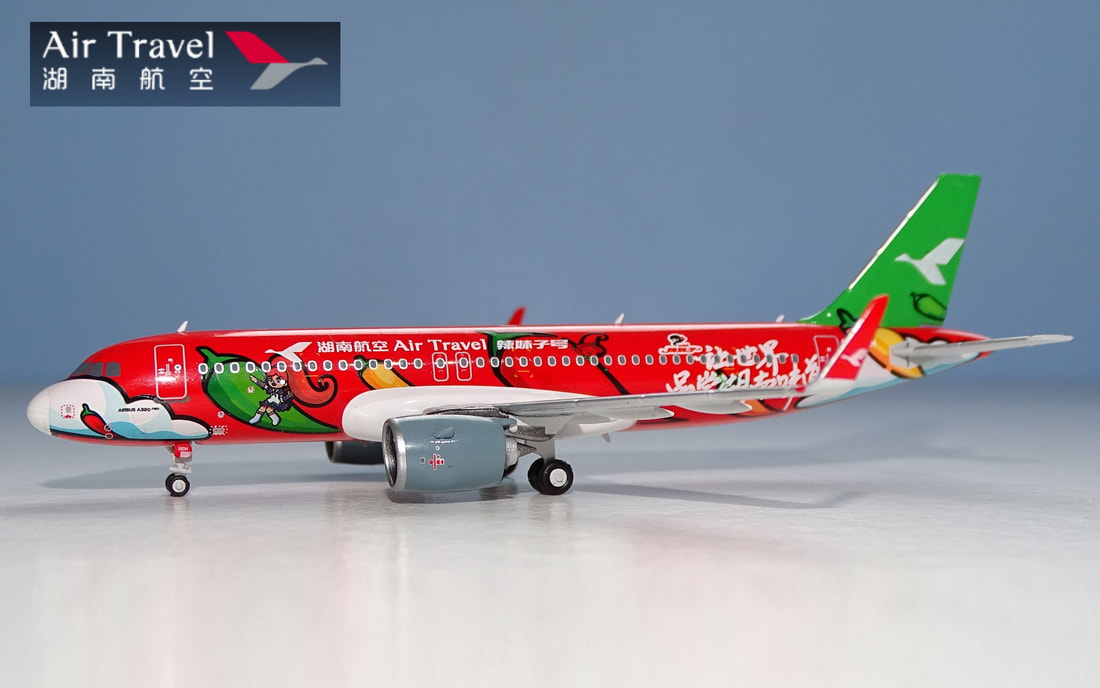
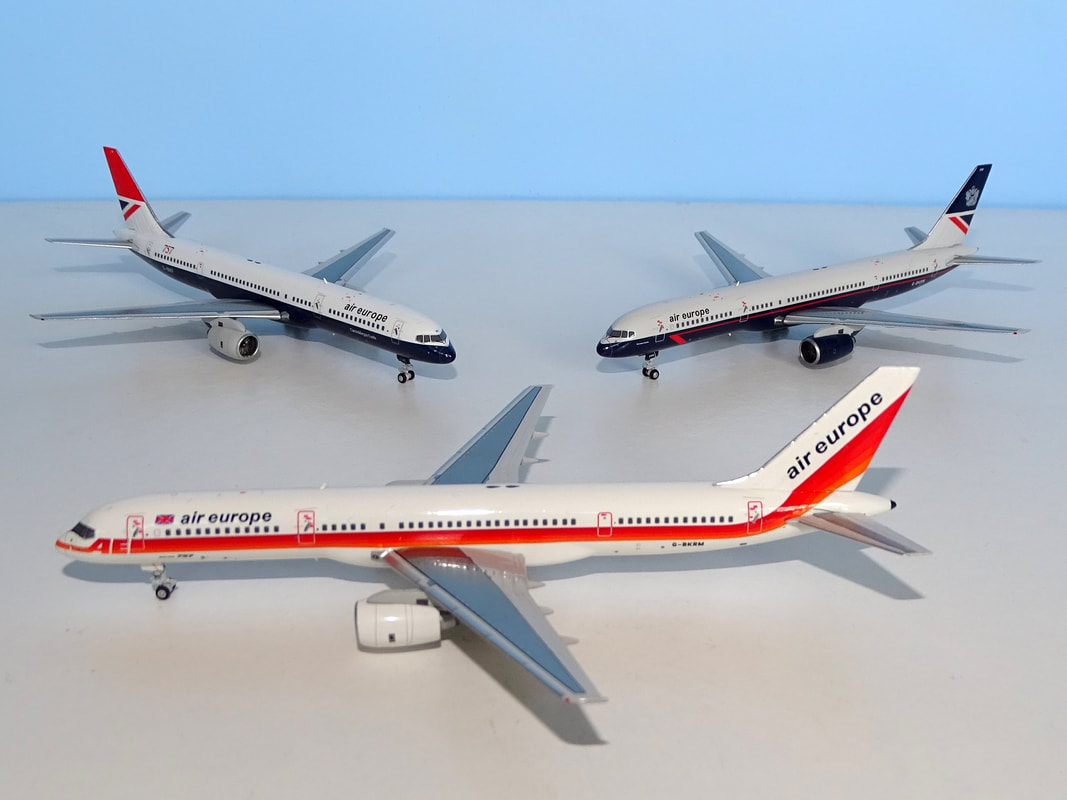
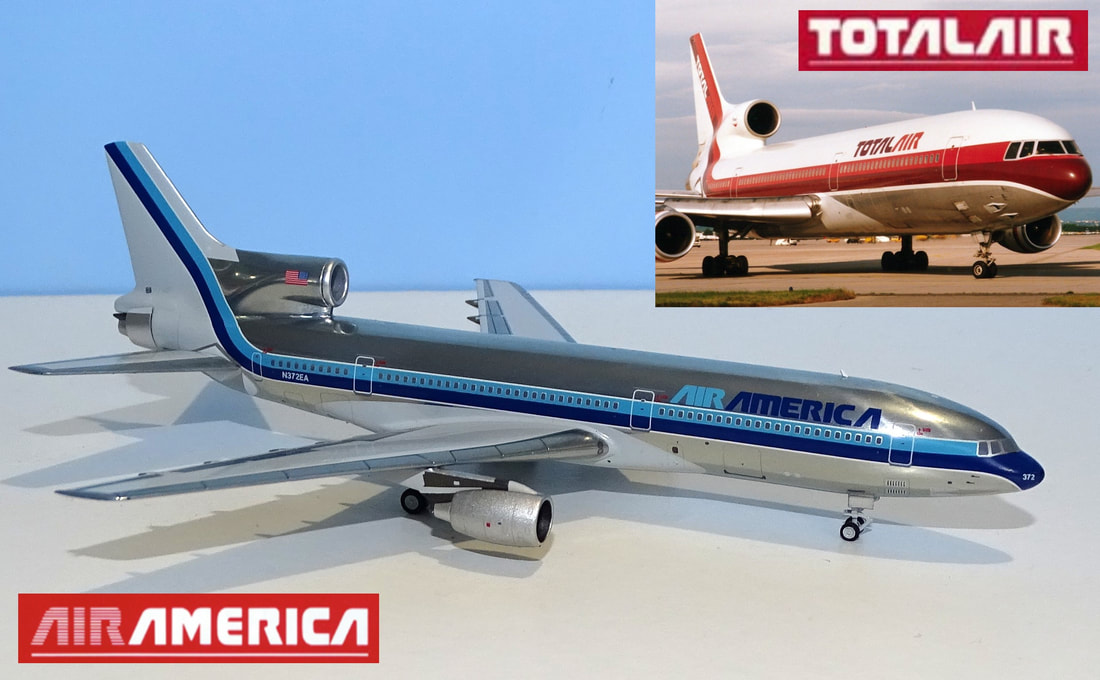
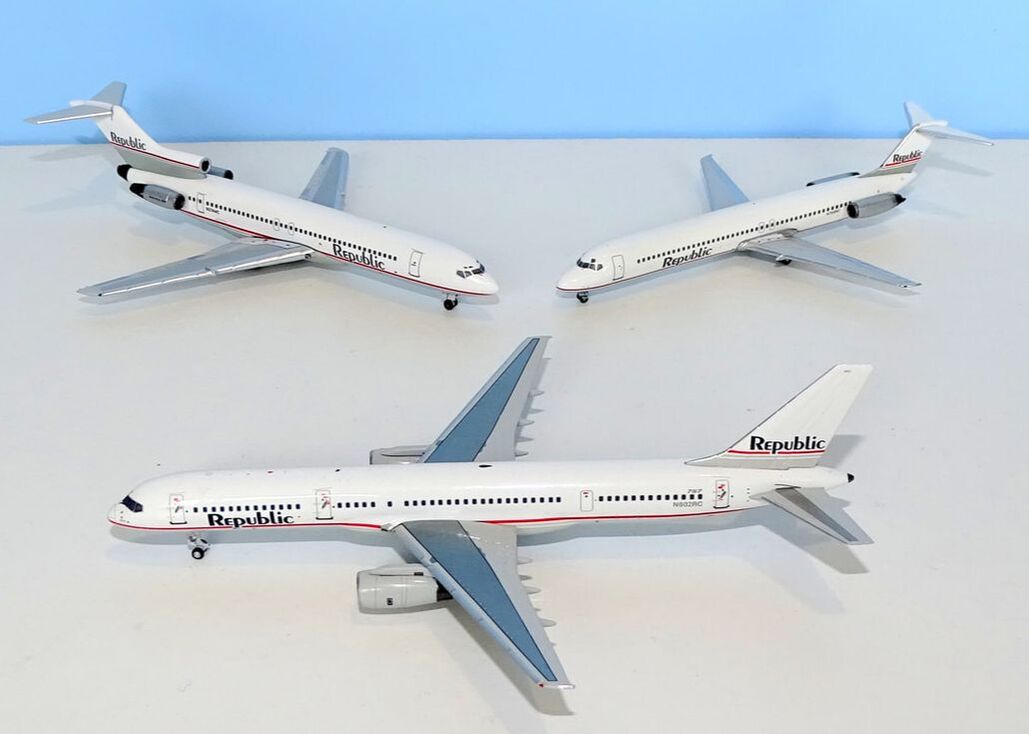

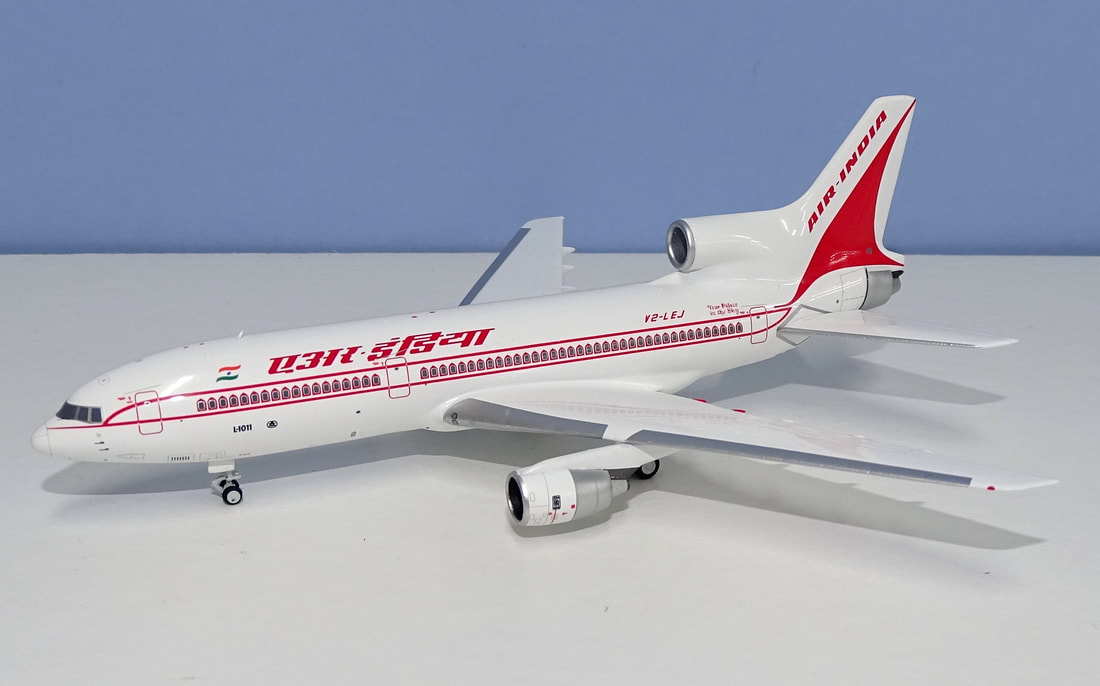
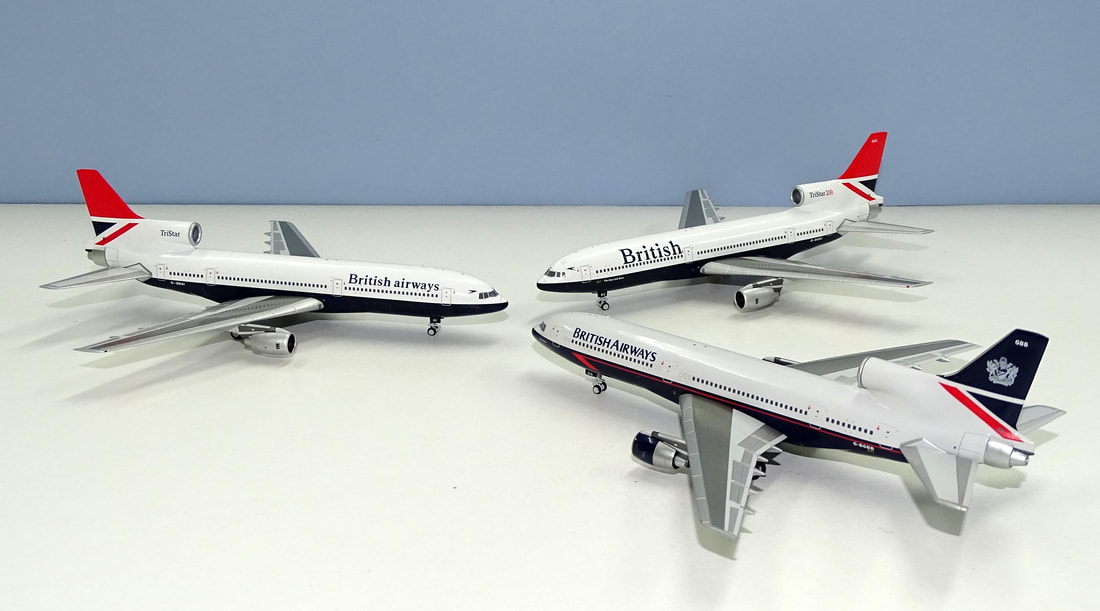
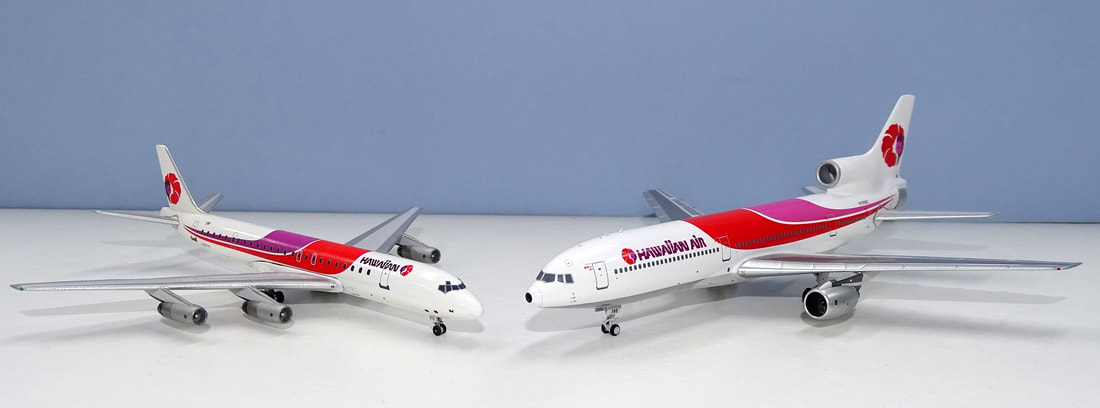
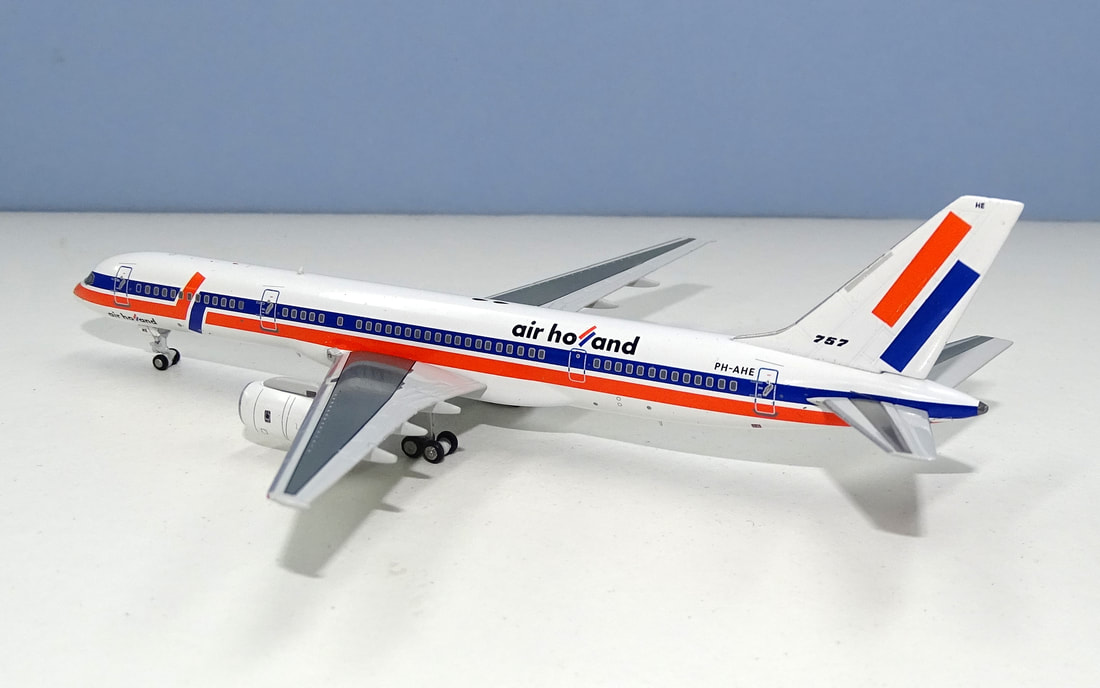
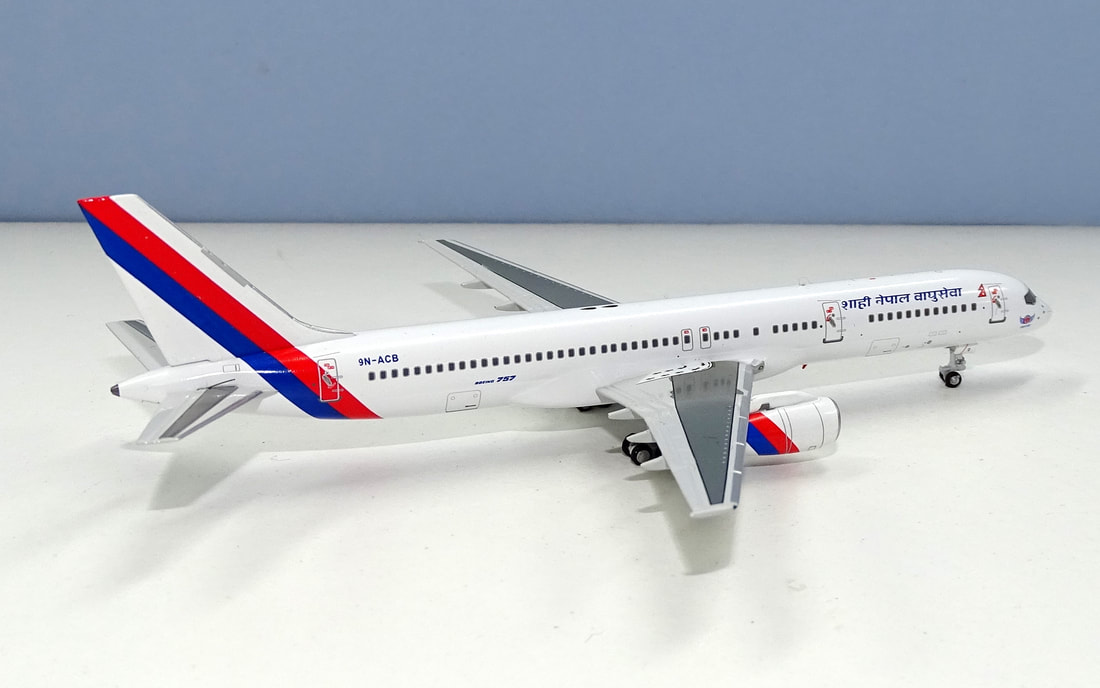
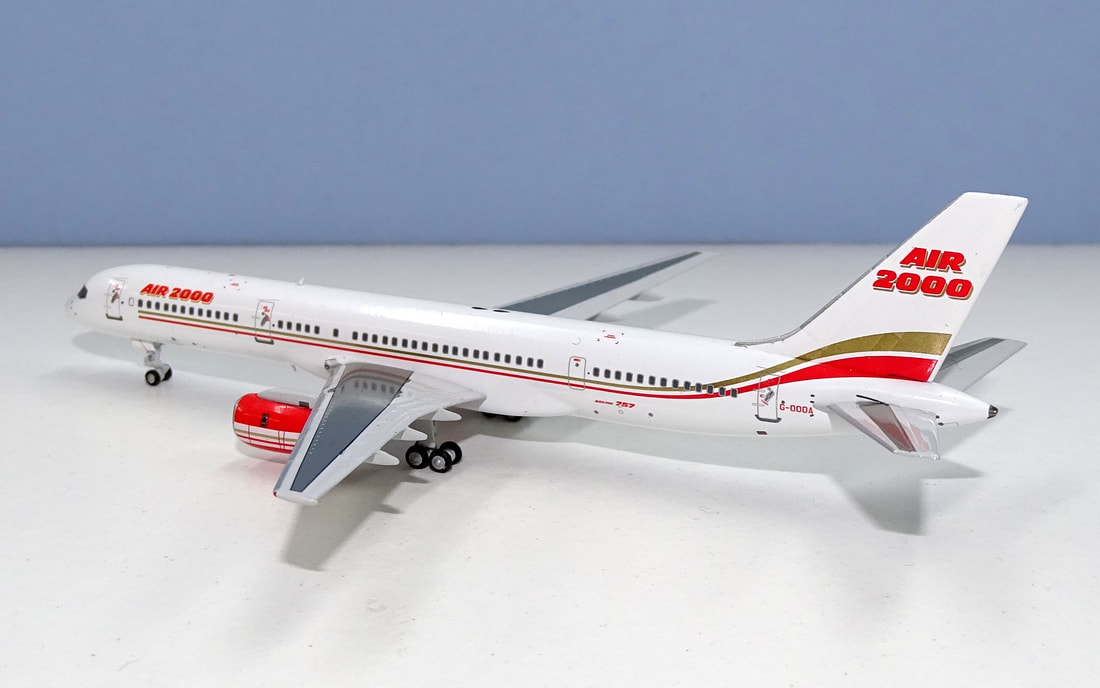
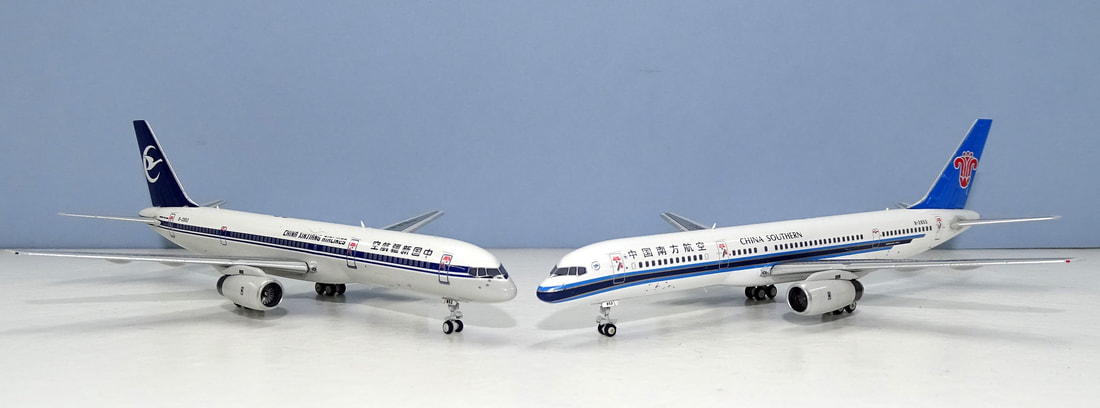
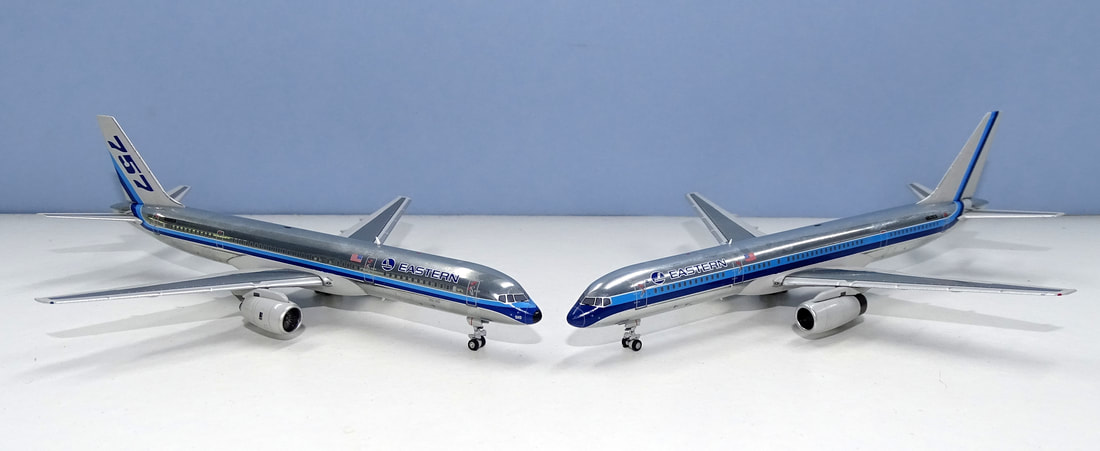
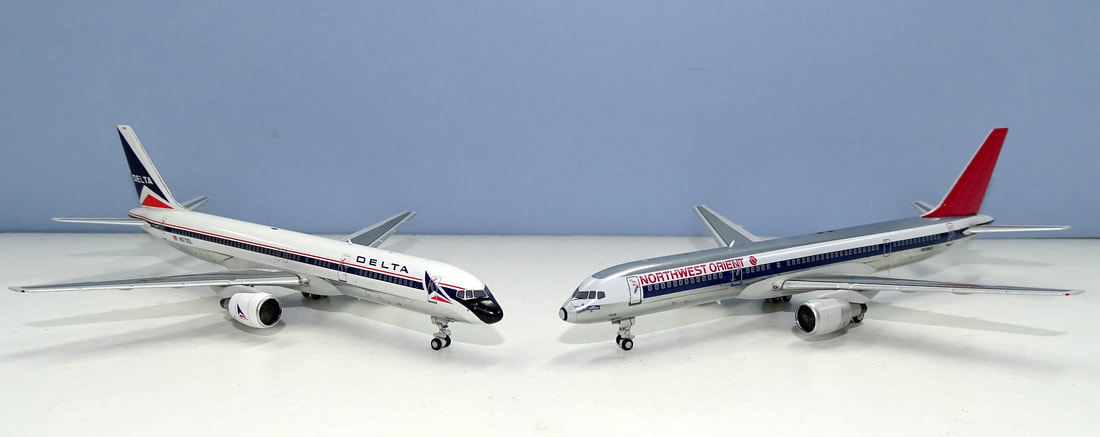

 RSS Feed
RSS Feed